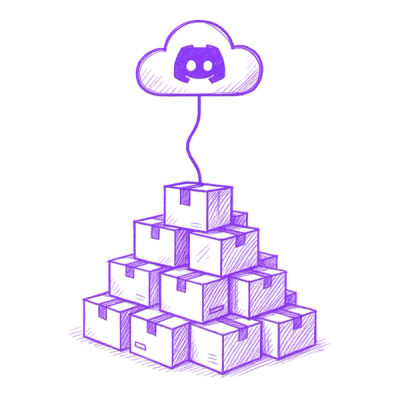
Security News
NIST Under Federal Audit for NVD Processing Backlog and Delays
As vulnerability data bottlenecks grow, the federal government is formally investigating NIST’s handling of the National Vulnerability Database.
Spectacles adds database view functionality to ActiveRecord. It is heavily inspired by Rails SQL Views (created by https://github.com/aeden but no longer maintained) and built from the ground up to work with Rails.
Spectacles provides the ability to create views in migrations using a similar format to creating tables. It also provides an abstract view class that inherits from ActiveRecord::Base that can be used to create view-backed models.
It currently works with the SQLite, MySQL2, PostgreSQL, and Vertica drivers.
Install it
$ gem install spectacles # => OR include it in your Gemfile
Create a migration from an query string:
create_view :product_users do
"SELECT name AS product_name, first_name AS username FROM products JOIN users ON users.id = products.user_id"
end
Create a migration from an ARel object:
create_view :product_users do
Product.select("products.name AS product_name).select("users.first_name AS username").join(:users)
end
class ProductUser < Spectacles::View # Add relationships
# Use scopes
# Your fancy methods
end
This feature is only supported for PostgreSQL backends.
These are essentially views that cache their result set. In this way they are kind of a cross between tables (which persist data) and views (which are windows onto other tables).
create_materialized_view :product_users do
<<-SQL.squish
SELECT name AS product_name, first_name AS username
FROM products
JOIN users ON users.id = products.user_id
SQL
end
class ProductUser < Spectacles::MaterializedView # just like Spectacles::View
end
Because materialized views cache a snapshot of the data as it exists at a point in time (typically when the view was created), you
need to manually refresh the view when new data is added to the original tables. You can do this with the #refresh! method on
the Spectacles::MaterializedView subclass:
User.create(first_name: "Bob", email: "bob@example.com")
ProductUser.refresh!
Also, you can specify a few different options to create_materialized_view to affect how the new view is created:
:force - if false (the default), the create will fail if a
materialized view with the given name already exists. If true,
any materialized view with that name will be dropped before the
create runs.
create_materialized_view :product_users, force: true do
# ...
end
:data - if true (the default), the view is immediately populated
with the corresponding data. If false, the view will be empty initially,
and must be populated by invoking the #refresh! method.
create_materialized_view :product_users, data: false do
# ...
end
:columns - an optional array of names to give the columns in the view.
By default, columns in the view will use the names given in the query.
create_materialized_view :product_users, columns: %i(product_name username) do
<<-SQL.squish
SELECT products.name, users.first_name
FROM products
JOIN users ON users.id = products.user_id
SQL
end
:tablespace - an optional identifier (string or symbol) indicating
which namespace the materialized view ought to be created in.
create_materialized_view :product_users, tablespace: "awesomesauce" do
# ...
end
:storage - an optional hash of (database-specific) storage parameters to
optimize how the materialized view is stored. (See
http://www.postgresql.org/docs/9.4/static/sql-createtable.html#SQL-CREATETABLE-STORAGE-PARAMETERS
for details.)
create_materialized_view :product_users, storage: { fillfactor: 70 } do
# ...
end
Spectacles is licensed under MIT license (Read the LICENSE file for full license)
FAQs
Unknown package
We found that spectacles demonstrated a healthy version release cadence and project activity because the last version was released less than a year ago. It has 2 open source maintainers collaborating on the project.
Did you know?

Socket for GitHub automatically highlights issues in each pull request and monitors the health of all your open source dependencies. Discover the contents of your packages and block harmful activity before you install or update your dependencies.

Security News
As vulnerability data bottlenecks grow, the federal government is formally investigating NIST’s handling of the National Vulnerability Database.

Research
Security News
Socket’s Threat Research Team has uncovered 60 npm packages using post-install scripts to silently exfiltrate hostnames, IP addresses, DNS servers, and user directories to a Discord-controlled endpoint.

Security News
TypeScript Native Previews offers a 10x faster Go-based compiler, now available on npm for public testing with early editor and language support.